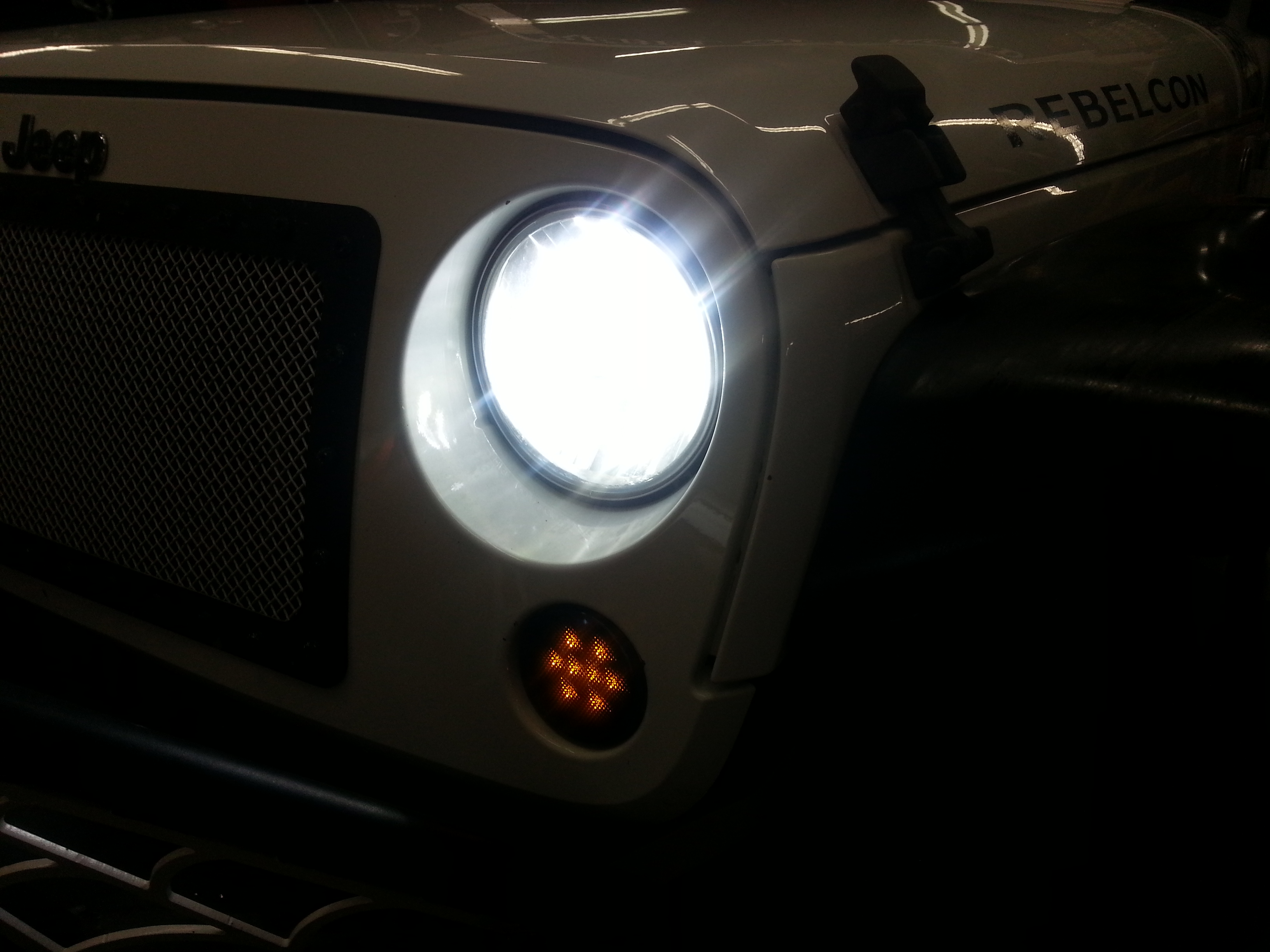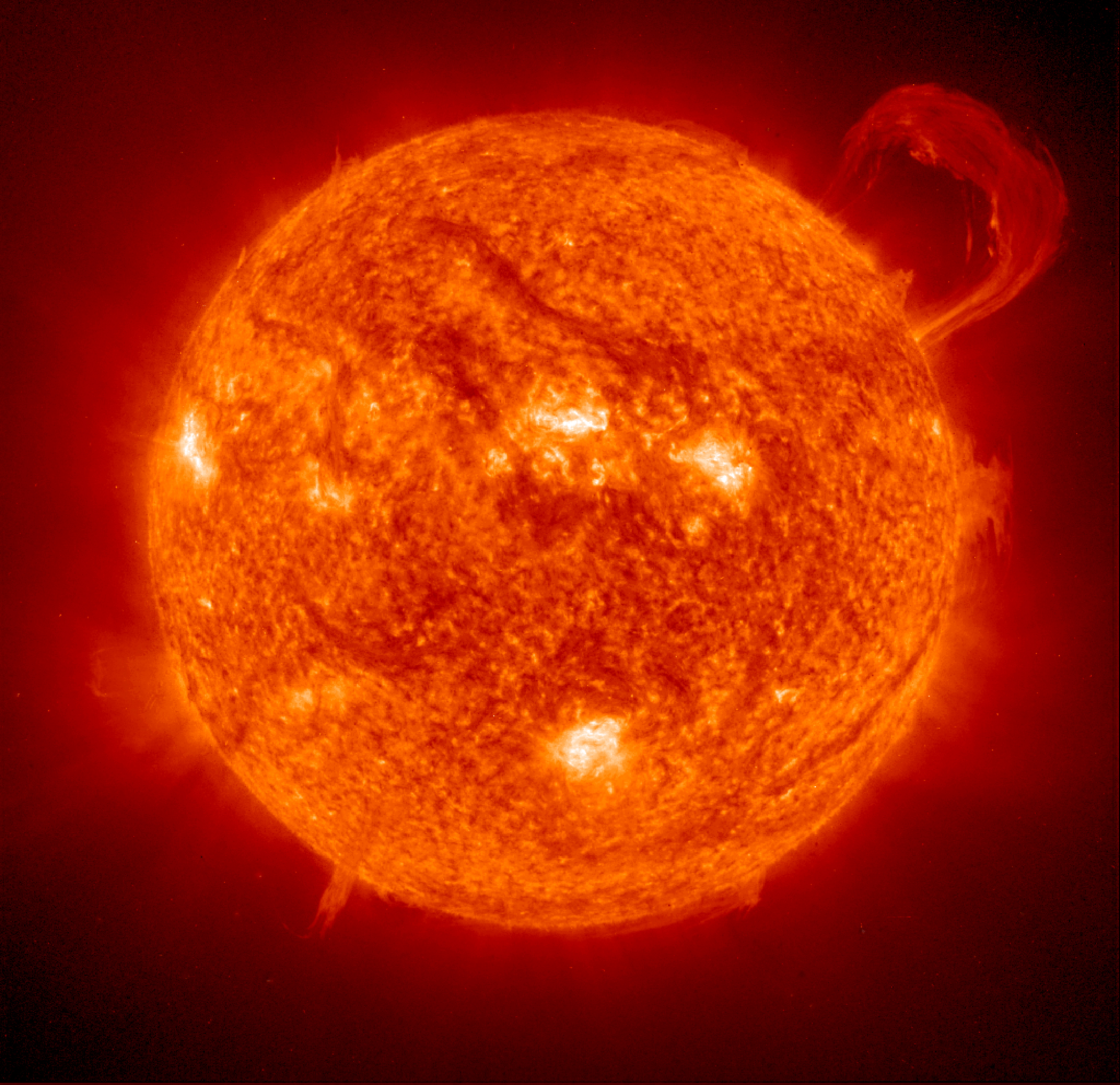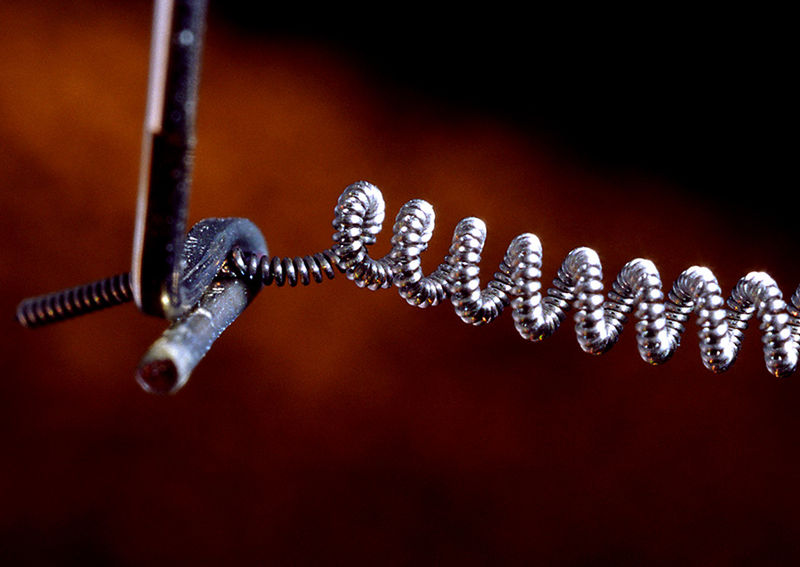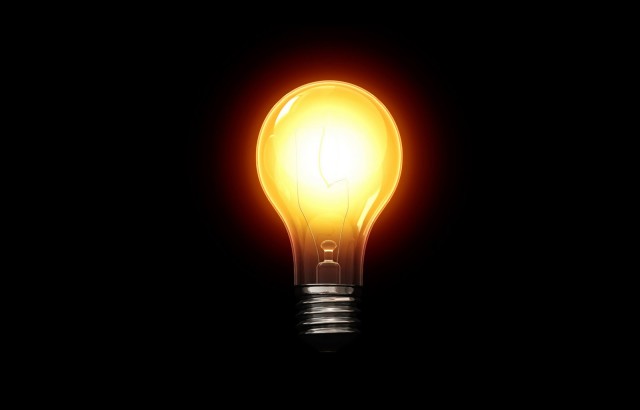What Is Brightness? Part 4: How Do Watts, Lumens, and Candlepower Relate?

As we did in part 1, part 2, and part 3, let’s continue to shine some light on exactly what is brightness.
When you turn on your headlights, your auxiliary lights, or even the lights you use in your house, you get the illumination you need to see where you’re going. But, how do you know the difference in brightness between your spotlight and your reading light? Well, other than looking at it and getting blinded for a moment, the light output can be measured in a unit called a lumen, or lumens when you’re talking about a measurement over one. But, what is a lumen? How do I know that 100-lumens is brighter than 99-lumens? Why is a lumen count even important? And how do I compare it to light that was measured in watts, candela or candlepower?
Now let’s see how all of the ways of measuring brightness relate to each other. And going further, we’ll show you how our control source of light compares. What’s our control source? The Sun.
Converting and Comparing

To get the candela from lumens, you’ll just take the lumens divided by 4pi. If we apply a 4000-lumen light source to that equation, then we’ll get the following: 4000/4pi= 4000/12.57 = 318.21-candela or roughly 318 candles burning in front of you in that single direction. That’s a pretty good indication on what the power of a lumen is as you go higher up the scale, but what about our Sun? What lumen does it put out? Well, at its brightest it has the lux, or lumens per square-meter, of 120,000. One-lux is equal to one-candela*steradian/meter^2. You can probably already see the equivalent, but just in case, the Sun puts out 120,000-lumens, you just drop the square-meter. The Sun, therefore, also has a candela of close to 9,550-cd. Moonlight, as a contrast, is 0.25-lumens or 0.020-cd.

So, how do we equate a lumen to a watt? Well, that requires you to know the luminous efficacy, known as lumens per watt, of a given light source. Luminous efficacy is a dimensionless scalar, meaning there is no physical dimension that applies to it; it’s just a metric. For example, a candle has the luminous efficacy of .3 while a typical 40 to 100-watt tungsten incandescent light at 120-volts is 12.5 to 17.5 (depends on the wattage of the bulb, among other factors). An LED at 7-watts and 120-volts is 28.6. And finally the ideal light source has the lm/W of 683 and defined as green light with a wavelength of 555-nanometers. That is the maximum possible luminous efficacy.

Now, we can convert wattage to lumens, and we’ll use a 60-watt incandescent bulb as an example. Since the exact luminous efficacy will fluctuate, it is generally accepted that an incandescent bulb will have a luminous efficacy of 15lm/W as that is the average of the range for those bulbs. So, to get it’s rough equivalent in lumens, you multiply the wattage times the lm/W to get the lumens. In our case with the 60-watt bulb, it is 60-watts X 15-lm/W = 900-lumens. A 150-watt light, for another example, will have a lumen output of roughly 2200-lumens.

To get the wattage equivalent of an incandescent light when you know the lumens of your light source, you divide the lumens over 15-lm/W. So, let’s say we have a 600-lumen LED light, 600-lumen/15-lm/W = 40-watts. Again, this isn’t exact, but it is close enough by the average. Going back to the Sun, if we take that 15-lm/W to its lumens, then we get an equivalent incandescent bulb of 8-kilowatts. Moonlight would be .016-watt.

So, now you understand what a lumen really is, that a higher lumen is a brighter light in all unblocked directions, and how to convert a lumen to watts and candela. You can now take this knowledge to any light source, be it LED, HID, or otherwise, and know what’s really bright.
